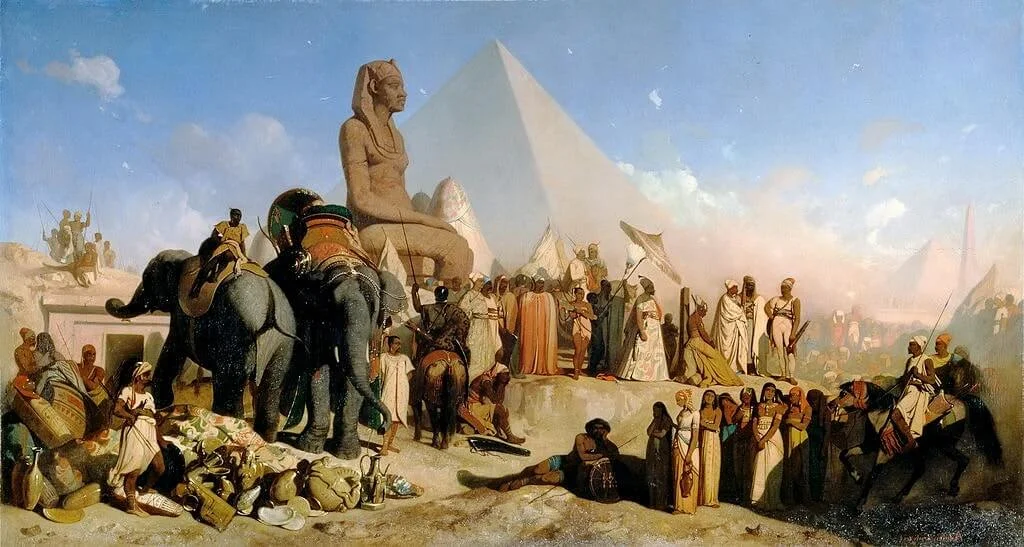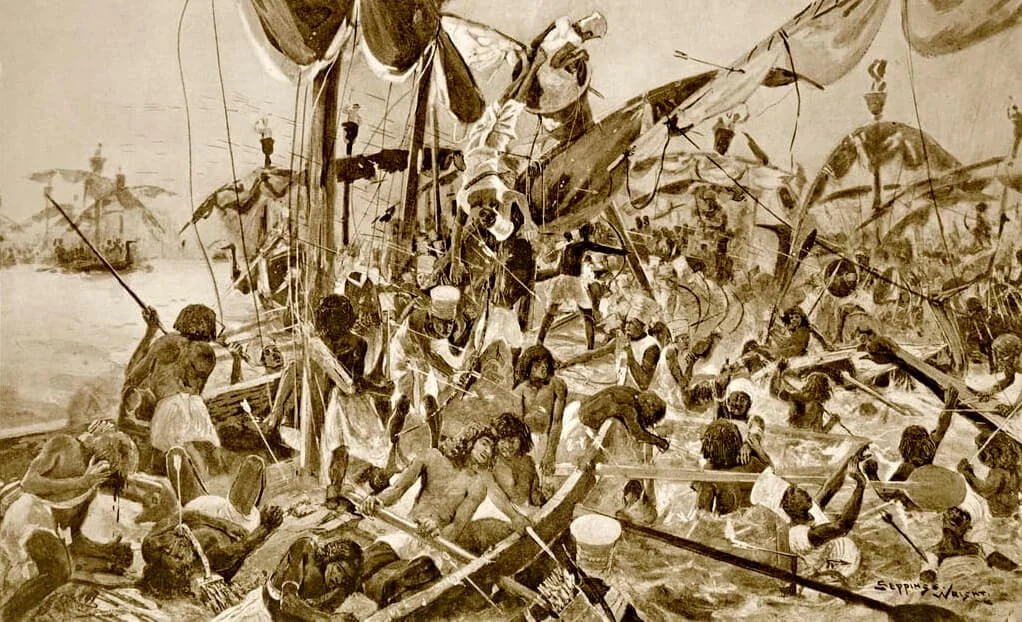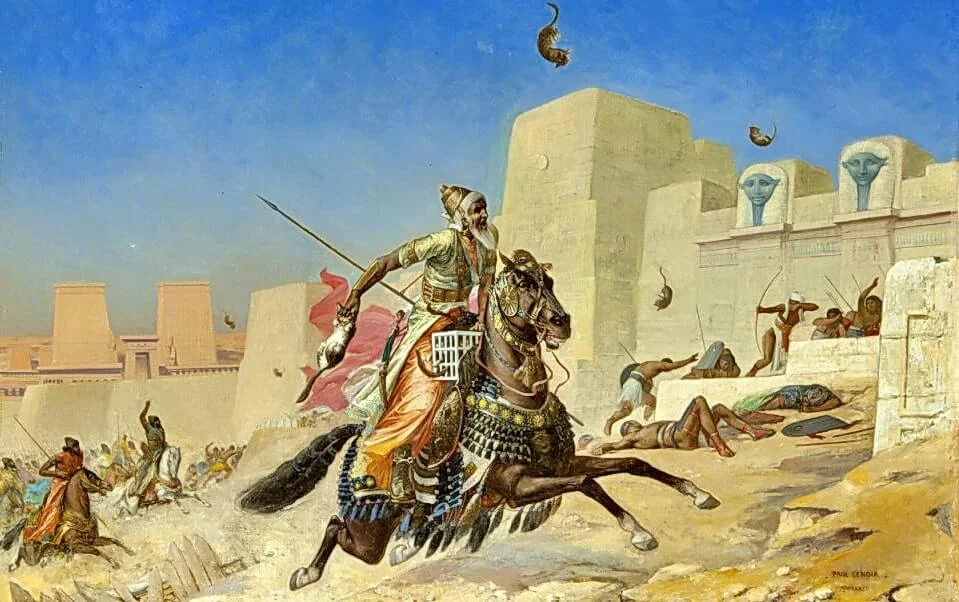The Battle of Pelusium
The Battle of Pelusium occurred between 526 and 525 BCE. Pharaoh Psametik III led the ancient Egyptian empire. Cambyses II led the First Persian Empire. Pharaoh Amasis II, Psametik’s father, had provoked the conflict. The battle was critical for Egypt’s future. Cambyses II of Persia took the pharaoh’s throne. The Persian army won because they understood Egyptian culture. They used an innovative plan, placing cats in the front lines.
Reasons for the Battle of Pelusium

King Cambyses asked to marry Amasis’ daughter. Amasis did not want her to marry a Persian king. He thought Persians were inferior to Egyptians. So, he sent another girl, Nitetis. He pretended she was his daughter and Cambyses’ future wife. When she stood before Cambyses, she revealed Amasis’ trickery. Cambyses then vowed to avenge the insult.
Amasia II’s Catastrophic Diplomatic Relations
Amasia II grew bitter toward Phanes of Halicarnassus. Phanes was a respected councilman, mercenary, and tactician. His high standing in Egypt’s military and royal community made him a revered figure. Amasia’s bitterness turned Phanes into his worst enemy. Phanes fled to Persia. There, he helped the Persian king with strategy and tactics.
Phanes was the true mastermind behind Amasia II’s reign. Amasia had a poor habit of making enemies. He had a sour relationship with his neighbors, including the king of Arabia. The Arabian king provided safe passage and men to Cambyses’ army. This support allowed the Persians to destroy the Egyptian kingdom. Amasis died six months before Cambyses arrived in Egypt. His son, Psamtik, was left to save the country. Psamtik had to rely on his army and his limited military experience. All of Egypt’s allies had switched sides to the Persians. These included the Greek forces, Polycrates of Samos’s grand fleet, and Egypt’s top tactical advisor, Phanes of Halicarnassus.
The Persian Army’s Brilliant Battle-Winning Strategy

According to the Greek historian Herodotus, the Battle of Pelusium was a unique fight. It was the first instance of psychological warfare. The Persians created a clever strategy. They exploited the Egyptians’ religious beliefs. They attacked with cats in front of them. The Egyptians did not dare shoot an arrow or attack. They did not want to harm the cats.
This strategy was based on the goddess Bastet. She was the cat goddess of beauty, protection, home, and fertility. The Egyptians highly honored and respected her. Egyptians protected cats as a result. Killing a cat could lead to death and eternal damnation. Because of this, the Egyptians lost the city of Pelusium.
The Egyptians lost 50,000 soldiers. The Persians lost only 7,000. The Egyptians had to retreat to Memphis. Cambyses led his army there. He defeated the remaining army. Psamtik had to abandon the city and live under the Persian emperor’s protection. Later, Psamtik tried to start a revolution against the Persian Empire, so they killed him.
Battle of Pelusium: Repercussions

Egypt would be controlled by the Persians as an autonomous country for nearly two hundred years between the 27th and 31st dynasties, until Alexander the Great’s forces arrived in 331 BCE and conquered the region, which was then ruled by a Greek monarchy until it was acquired by the Roman kingdom in 30 BCE.
Explore Egypt’s Great Civilization
We have well-organized unforgettable Nile cruises to enjoy the best trips to Egypt. “The Cradle of Human Civilization” is known for its ancient history, culture, and mythology, so you can make your dream come true by casting your eyes on the ancient temples and tombs in Cairo, Luxor, Aswan, and all of Egypt’s destinations through our Egypt tour packages.























